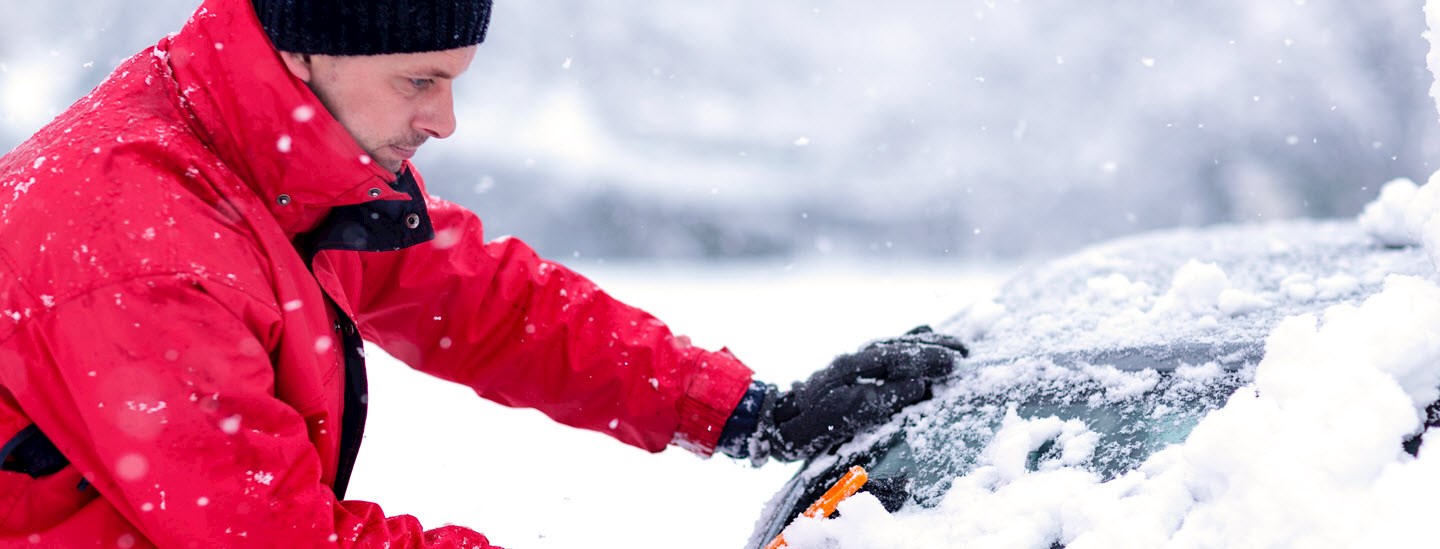A massive snowfall or ice storm could cause a blackout or structural damage to your home and property. This winter-storm guide from Gallagher explains how to prepare your home and property for winter storms and extreme cold.
- Before winter begins: Review your policies and coverages
- Winter storm precautions and preparations
- File an insurance claim after a winter storm
Before winter begins: Review your policies and coverages
Severe winter weather can cause power outages as well as frozen pipes, leaks from ice dams and other structural damage. Talk to your Gallagher broker before winter arrives to find out what winter perils your policy covers.
Winter storm precautions and preparations
Homeowners and property owners should take the necessary precautions to stay safe when a winter storm is approaching.
- Stock up early. Don't count on finding pavement de-icer, windshield washer fluid and other winter-storm consumables on the shelves the day before a winter storm is expected. Stock up as soon as those items reach the store shelves, and get more than you think you'll need.
- Protect water supply lines from freezing. Enclose exposed water supply pipes — such as those in a basement or crawl space — with foam pipe insulation tubes.
- Prep for snow removal early. Tune up your snowblower and make sure it's running in autumn, before the weather gets cold enough to numb your fingers. Move shovels where you can reach them easily, such as on the porch or just inside the garage door.
- Prepare an at-home emergency kit. In case you have to leave your home because of a blackout or structural damage, assemble an emergency supply kit that will sustain your household members for three days. The Canadian Red Cross has recommendations for what to include in an emergency supply kit.
- Get vehicles ready. You can be stranded in urban areas as well as on the open road, so be ready. Put a winter emergency kit in your car that includes a windshield brush/scraper, phone chargers, jumper cables, an abrasive material such as cat box filler or sand for tire traction, flashlights that work, warm clothing, blankets, bottled water and high-calorie non-perishable snacks. Fill the gas tank when it's no more than half empty. When temperatures drop, check tire pressure and fill to the pressure listed on the sticker inside the driver's door.
- Protect your body from extreme cold.When going outside in winter, dress in layers, including a water-repellent, wind-breaking outer layer. Learn how to prevent, recognize and treat frostbite and hypothermia.
- Have a communication plan. In case all household members aren't together during a winter storm, have a plan for how to reach each other and other essential people, such as relatives, friends and employers. Don't rely solely on the contacts list in mobile phones — all household members should carry a printed contact list. Designate someone within the household and someone outside the household that all members should contact to let them know they're safe.
- Have an evacuation plan. If your home becomes uninhabitable, have a plan for where you'll go. Make sure household members understand the plan.
Follow these steps to prepare your home and property.

